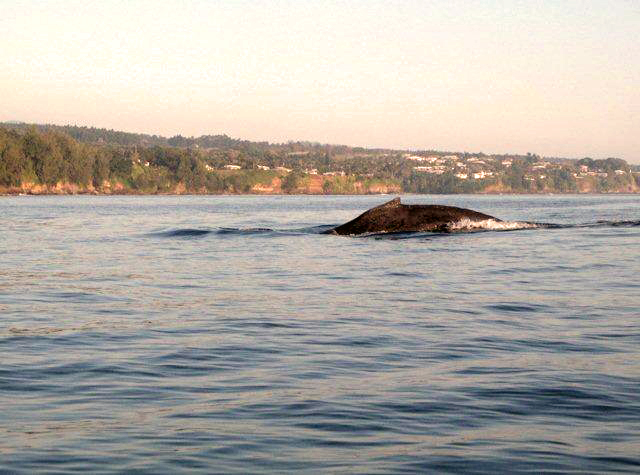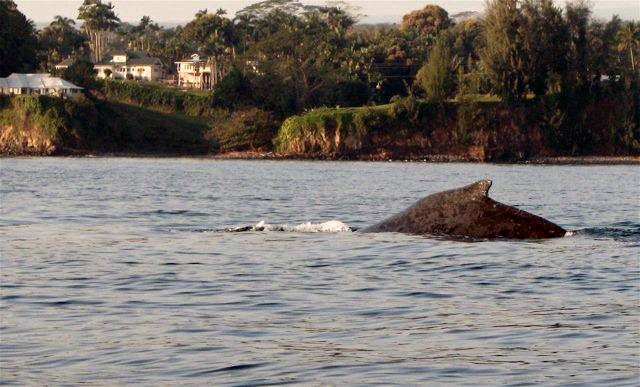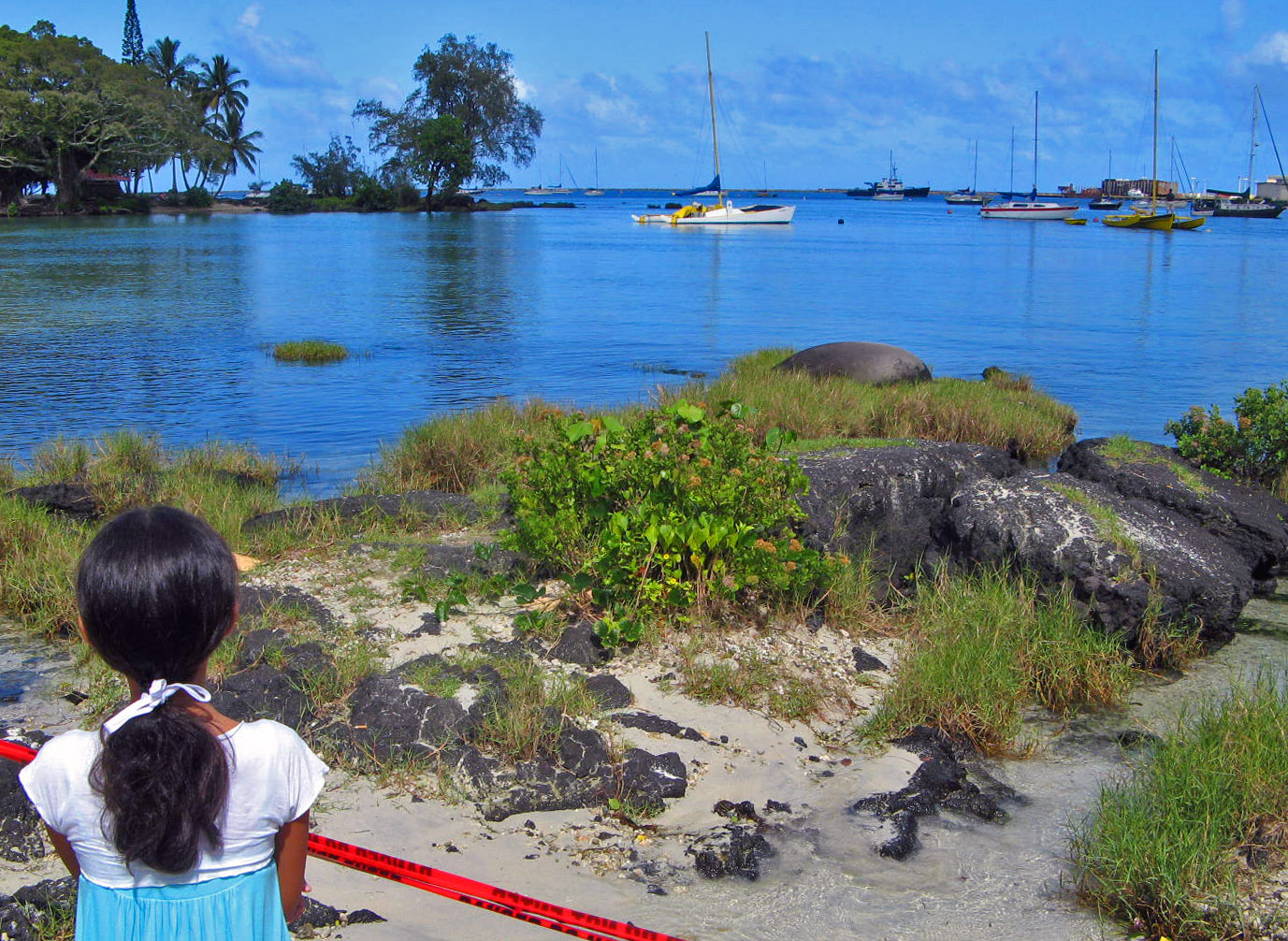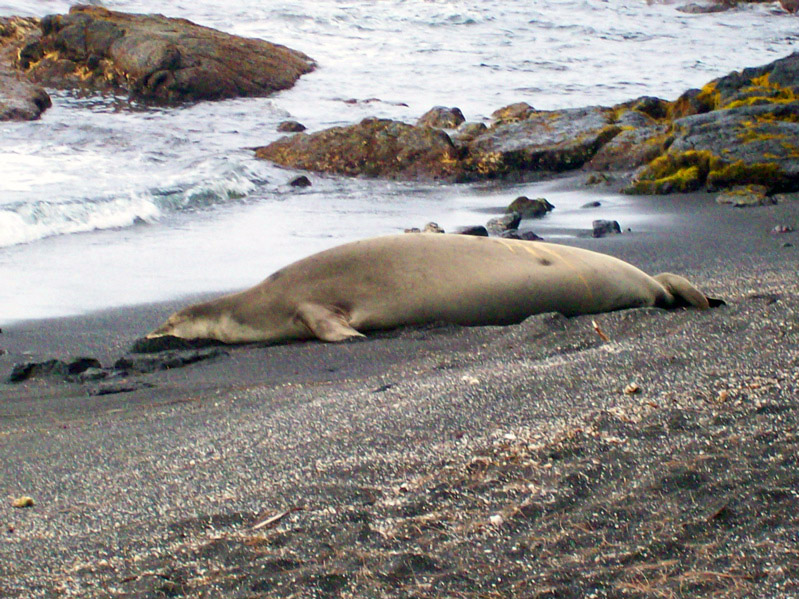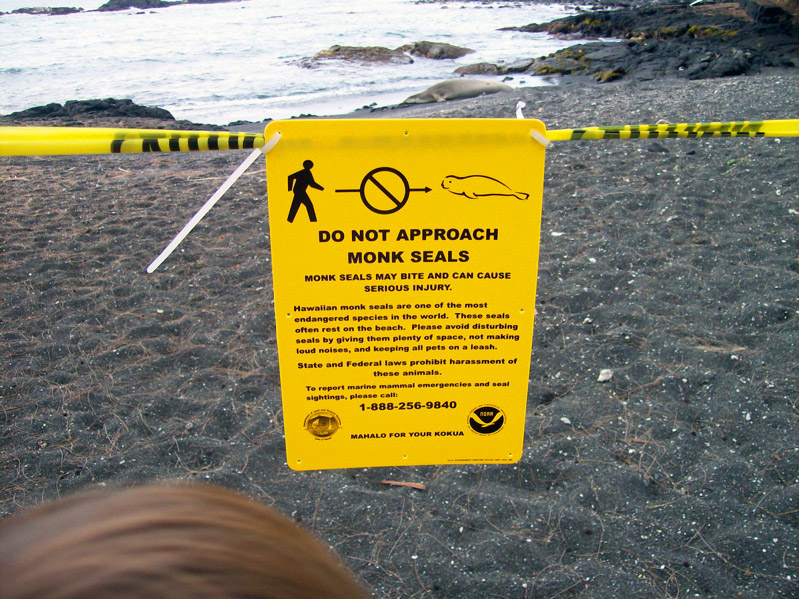The last few days, I’ve been focusing on Kahua Ahupua‘a. Of the three ahupua‘a that comprise Hamakua Springs Country Farms, I find this one the most interesting.
Within 600 feet there are two streams: Makea on the north boundary, and Ali‘a on the south. Between the streams is a ridgeline, maybe 75 to 100 feet from stream level, and running on the ridgeline from mauka to makai is a cane haul road.
It has a clear view of both Mauna Kea and the ocean, as well as of the greenhouses in the valley facing north, toward Honoka’a, and the banana fields facing south, toward Hilo. June and I plan to eventually build a house there. We just submitted a plan to the County in order to subdivide.
Yesterday I spent several hours on the bulldozer, reopening old roads and clearing access to the streams. Today I spent time knocking down many, many 20-foot albizia trees, and making sure the roots were completely pulled out of the ground. There’s one giant albizia tree that is even larger than the ones in this picture. The base is at least 10 feet around and the tree is easily 100 feet tall with many giant side branches. That’s where the seeds for the others are coming from.
I wonder how I’ll get rid of it. Cutting it down is just unimaginable. Here is how they cut a tree down at Lyons Arboretum.
Here is an easier way, with a drill and injecting.
The whole time on the bulldozer, I was thinking about how I can situate some hydroponic hoop houses that would allow us to capture fertilizer runoff, grow algae and raise tilapia. I would get the water further upstream, at a higher elevation, and then run it to the hydroponic hoop houses and use the excess fertilizer to grow algae and then, further downstream, send it to the tilapia. Gravity and free water are our friends.
I am going to grow algae for fuel. Not for cars, but to grow tilapia. Food fuel. The hydroelectric project is close by.
I’m also thinking of making a place to just sit and listen to the stream. I wonder where I can get hapu‘u? Where would kukui nut trees go? Lauhala? Ulu? Hmmm.
This is going to be a big, long project. I’ll write about it as I go along.

